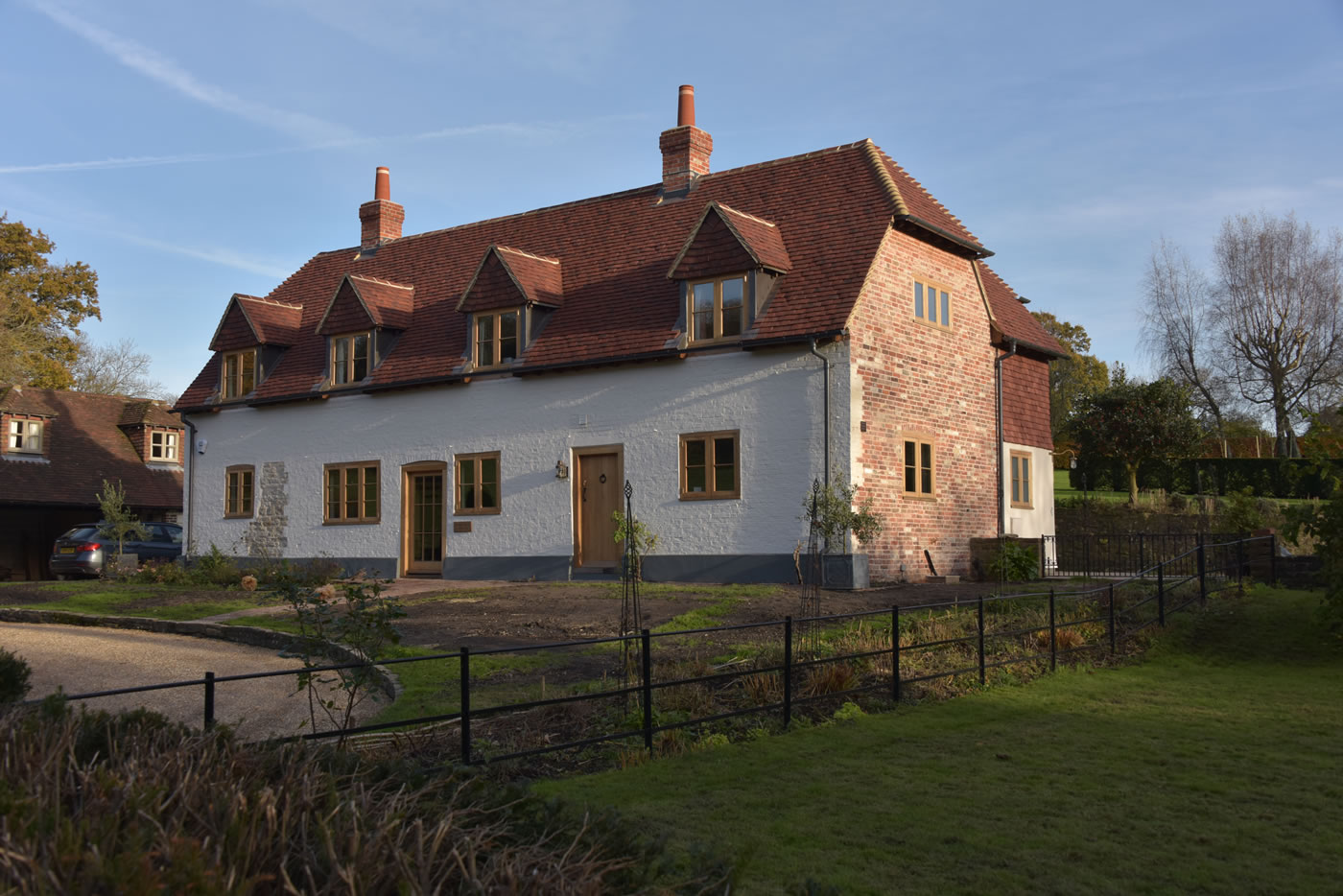Dampness in buildings is a large factor when either purchasing a new property or surviving with it.
Dampness comes in different forms – Ground Water Pressure (cellars), Rising Damp (walls & floors), Penetrating Damp (walls, roofs & chimneys)
Ground Water Pressure – a cellar flooding from the floor or seepage through walls should be resolved by either installation of land drainage externally set lower than the floor, or by forming an internal sump system and pumping the water to a surface drainage system. A linked damp proof membrane can be installed to the floor and walls and internal linings applied to provide domestic accommodation.
Rising Damp – Ground Floor Walls – in the first instance, try reducing external ground levels, repairing defective rainwater goods or installing surface water systems. Many older properties will not have a damp proof course or it is no longer effective. Rising damp will affect walls up to 1.5m above floor level. Some properties can be treated with injection systems; but we recommend that older period properties are addressed with lime plaster and paints to allow the walls to ‘breathe’. Post war properties can be treated with an internal membrane linked to walls and floors to receive final finishings.
Ground Floor – Solid Floors – if the floor and coverings are damp, it is likely there is no valid damp proof membrane. If the sub floor is in a good condition, there are some epoxy products which can be applied. In most cases, the floor would need to be excavated and replaced with a dpm. However, this does provide an opportunity for the installation for floor insulation or under floor heating.
Penetrating Damp – Walls – As before, try inspecting for defective brickwork, loose tile hanging, failing render work, wall decoration, perished joinery or rainwater goods. In most cases, this should alleviate the dampness internally. If insulation has been installed at some stage, there may be an dew point issue with the lack of ventilation to substrates. Walls can be treated with a surface wall repellent, but this is a short term solution and not a recommended practice.
Roofs – inspect roof coverings; tiles, lead or bitumen for damage, slippage and missing fittings. Note any leadwork dislodged by wind or affected by extremes. Some roofs can be overhauled or moss removed to prevent further damage. Copper strands at ridge level will kill the moss and algae, but keep the gutters cleared of falling moss to prevent damage during this process.
Chimneys – moisture ingress may be caused by blocked or failing rear gutters, aprons to the perimeter or chimney flaunching and brick pointing If the dampness is visible just at first floor ceiling level, then this is likely to be the cause.
Inspect to see whether any of the chimneys are capped i.e disused. These flues should be vented at chimney level and also vented within the fireplace provide a free flow of air, if the dampness is throughout all the floors, then the chimney is probably lacking a viable dpc above roof level. In this case, the rain water migrates throughout the main body of the stack and gravity will continue the journey to the base of the stack. Although the stacks may have survived for many years without any issues, current weather extremes are penetrating brick or render fabric with ease. Rebuilding of the stack with a new dpc is the only real solution. If you require any assistance or wish to talk with us, please call 01730 266205 or email admin@pegasusbuilders.co.uk

